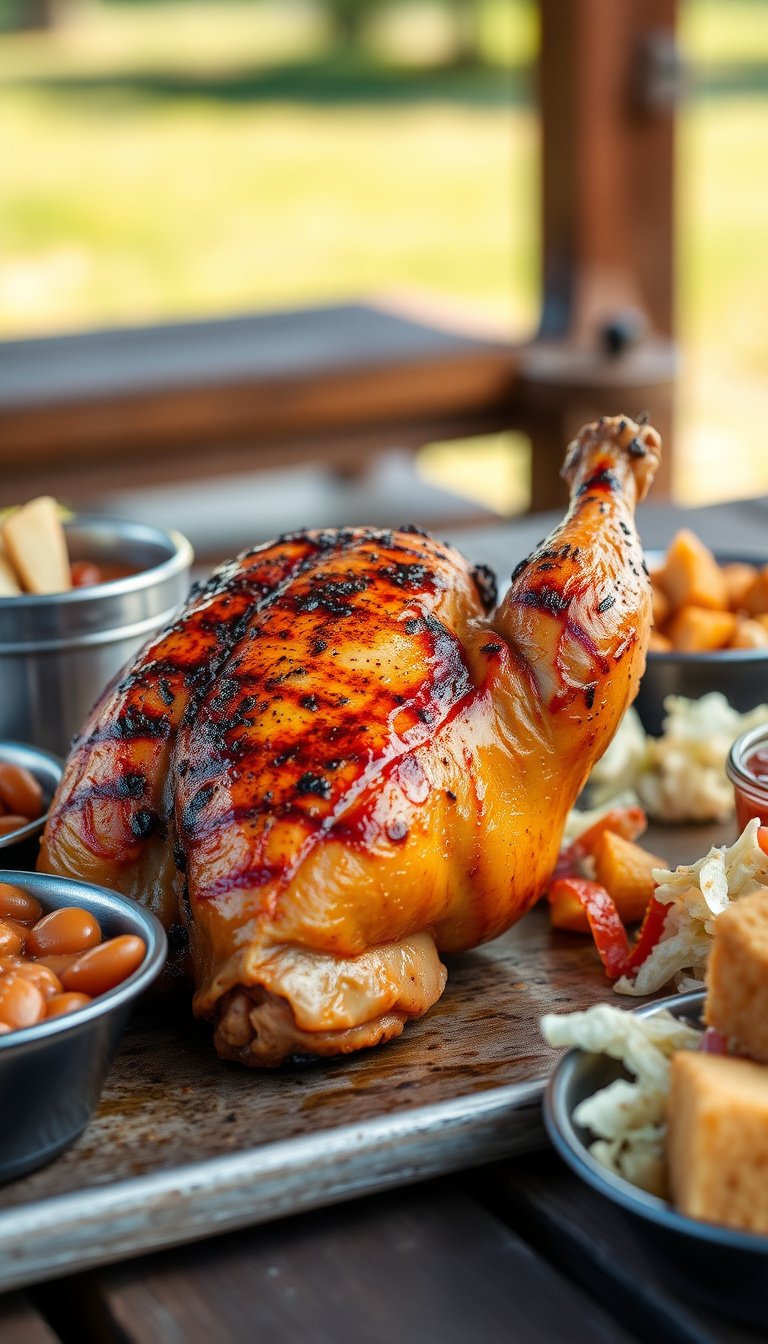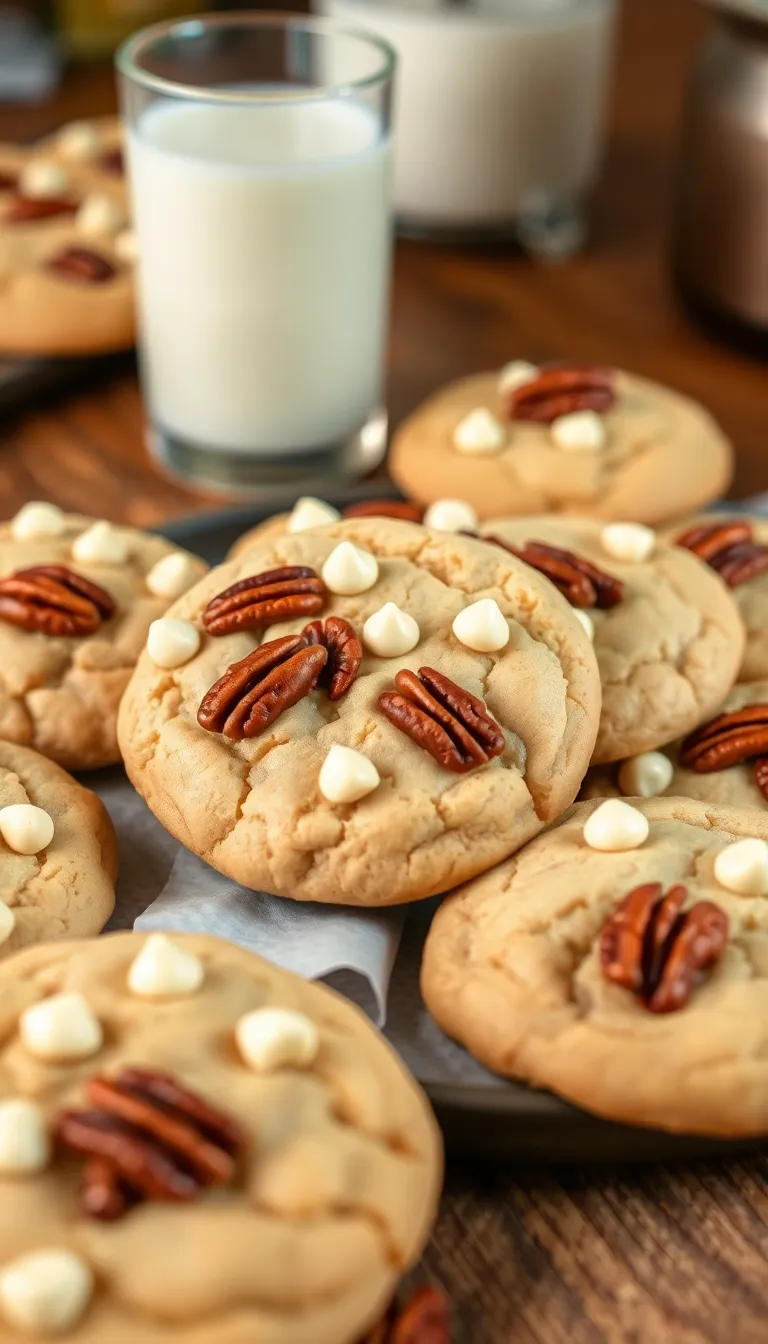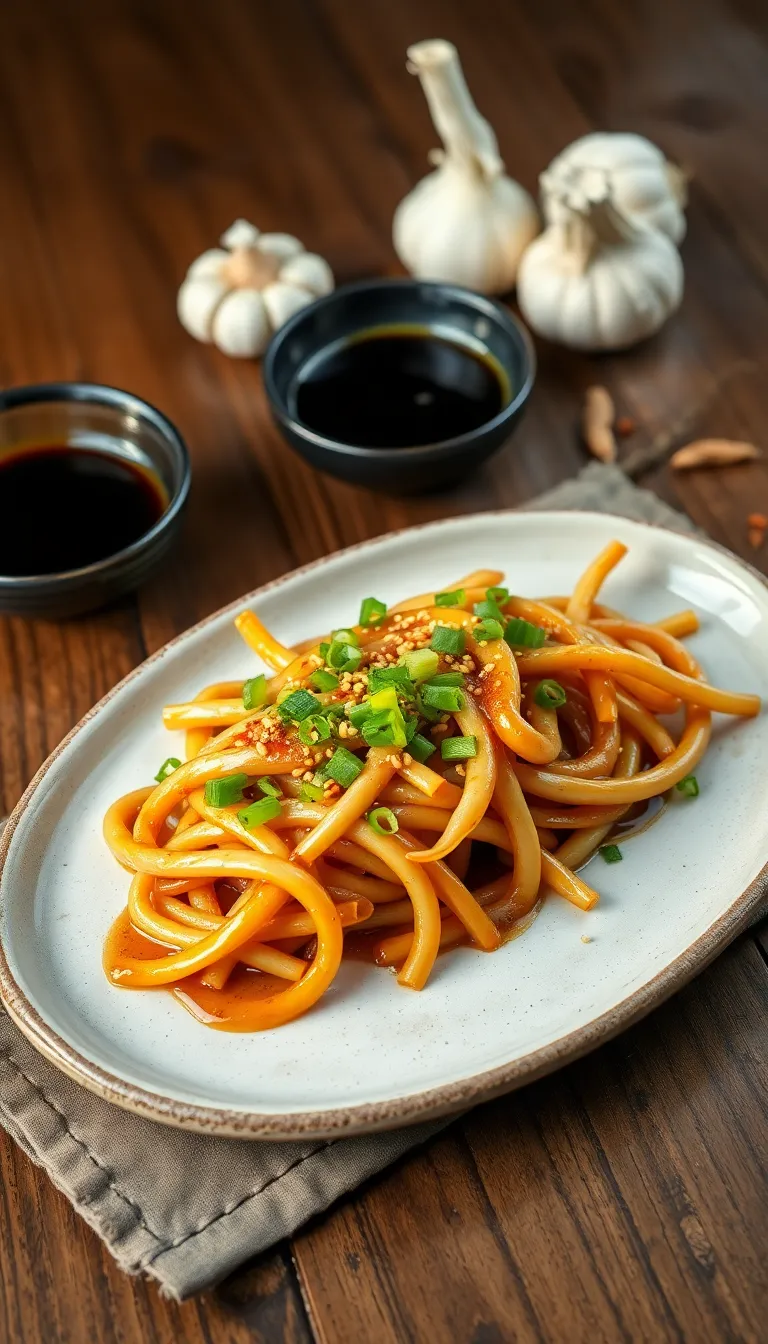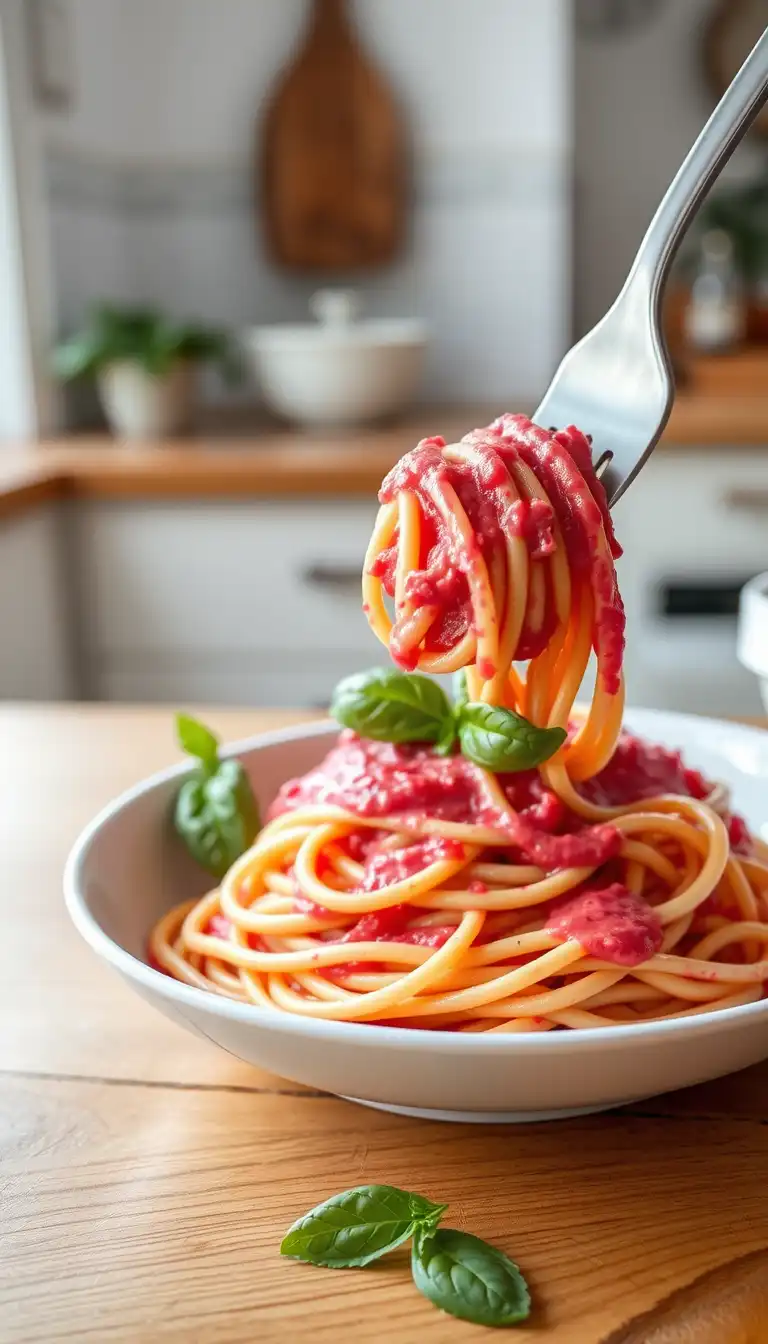Mary Berry Cornish Pasty Recipe – A Traditional British Favorite
If you’ve ever longed for the comforting, flaky, and hearty taste of a true Cornish pasty, this Mary Berry Cornish pasty recipe is exactly what you need. With her timeless approach to classic British cuisine, Mary Berry brings simplicity, tradition, and unbeatable flavor to this iconic handheld pie.
Whether you’re familiar with Cornish pasties or just curious to try a traditional British dish, this recipe delivers a satisfying bite of history and homemade flavor. Let’s dive into the origins, ingredients, and step-by-step guide to crafting the perfect Cornish pasty—Mary Berry style.

What Is a Cornish Pasty?
A Cornish pasty is a traditional English pastry filled with beef, potatoes, onions, and swede (also known as rutabaga). It’s folded into a D-shape with a crimped edge and baked until golden brown. Originally made for Cornish miners to carry with them underground, the pasty is a true working-class hero of the kitchen.
Protected by the EU as a Geographical Indication (PGI), the authentic Cornish pasty must be made in Cornwall and follow certain specifications. While Mary Berry may not be based in Cornwall, her recipe reflects the spirit and simplicity of this beloved dish, making it easy to recreate at home.
Why Choose Mary Berry’s Cornish Pasty Recipe?

Mary Berry is a beloved figure in British baking and cooking. Known for her no-fuss, flavor-packed recipes, she emphasizes classic ingredients and clear instructions. Her Cornish pasty recipe is:
- Easy to follow
- Perfect for batch cooking and freezing
- Made with everyday ingredients
- Hearty and family-friendly
Ingredients for Mary Berry Cornish Pasty Recipe
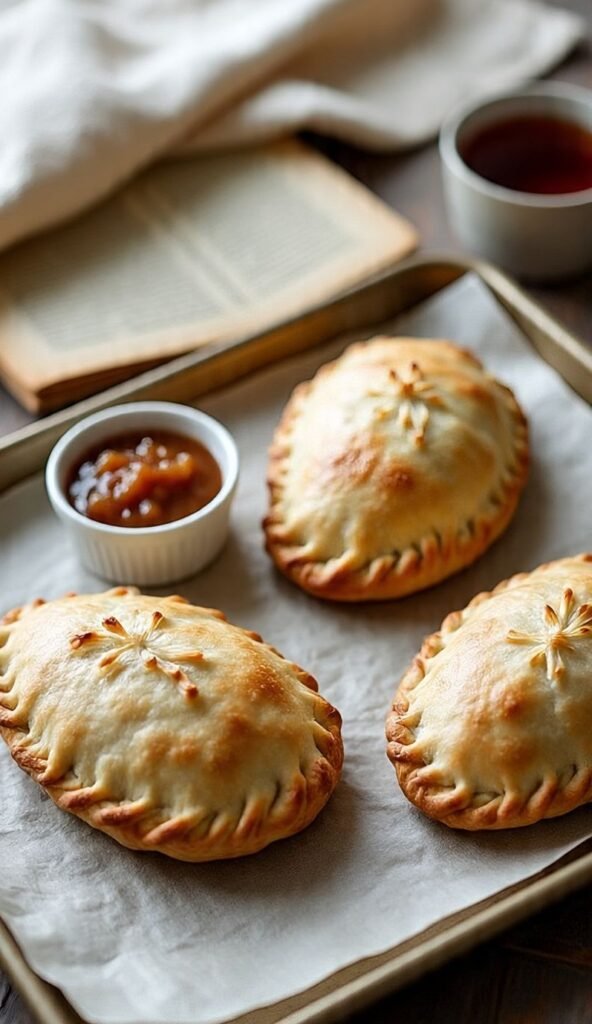
This recipe yields 4 generous Cornish pasties. You can easily double it for batch cooking.
For the pastry:
- 500g plain flour
- 120g cold unsalted butter, cubed
- 120g cold lard (or additional butter)
- 1 tsp salt
- 150ml cold water (add more if needed)
For the filling:
- 250g skirt steak or chuck steak, finely diced
- 1 medium onion, finely chopped
- 1 medium potato, peeled and diced small
- 1 small swede (rutabaga), peeled and finely diced
- Salt and freshly ground black pepper
- A knob of butter (optional for richness)
For assembly:
- 1 egg, beaten (for glazing)
Step-by-Step Instructions
Step 1: Make the Shortcrust Pastry
- Combine the flour and salt in a large mixing bowl.
- Add cold butter and lard. Rub the fat into the flour using your fingertips until the mixture resembles coarse breadcrumbs.
- Gradually add the cold water, mixing with a fork or your hands until the dough comes together.
- Knead briefly until smooth, form into a disc, wrap in cling film, and refrigerate for 30 minutes.
Step 2: Prepare the Filling
- In a large bowl, combine the beef, potato, onion, and swede.
- Season generously with salt and pepper. Toss well to mix evenly.
- (Optional) Add a small knob of butter to each pasty later for extra richness.
Step 3: Assemble the Pasties
- Preheat your oven to 200°C (180°C fan) / 400°F / Gas Mark 6.
- Roll out the chilled pastry on a lightly floured surface to about 5mm thickness.
- Cut out circles around 20cm (8 inches) wide (use a plate as a guide).
- Place a quarter of the filling on one half of each circle, leaving a border.
- Add a small piece of butter on top of the filling (optional).
- Brush the edge with beaten egg, fold over to form a D-shape, and press the edges to seal.
- Crimp the edge firmly with your fingers or a fork for the traditional look.
- Place the pasties on a baking tray lined with parchment. Brush the tops with beaten egg.
Step 4: Bake
- Bake in the preheated oven for 15 minutes to brown the pastry.
- Reduce the heat to 160°C (140°C fan) / 320°F / Gas Mark 3, and continue baking for 35-40 minutes until the filling is cooked and the pastry is golden brown.
- Cool slightly before serving—or enjoy cold!
Tips for the Best Cornish Pasties
- Use skirt steak if possible: It’s traditional and breaks down beautifully while cooking.
- Don’t pre-cook the filling—it cooks inside the pastry, allowing the flavors to blend naturally.
- Keep the pastry cold: This prevents shrinking and ensures a flaky texture.
- Crimp properly: Not just for tradition, crimping helps seal in the juices and keeps the filling moist.
Variations on the Classic
While the Mary Berry Cornish pasty recipe sticks to tradition, you can adapt it to your taste:
- Cheese and onion for a vegetarian twist
- Chicken and leek for a creamier version
- Spiced lamb and mint for a flavorful upgrade
Just remember: once you move away from the classic beef, potato, onion, and swede combo, it’s no longer officially a “Cornish” pasty—but it’s still delicious!
How to Store and Freeze Cornish Pasties
One of the best things about this recipe is how well it keeps:
- Fridge: Store in an airtight container for up to 3 days. Reheat in the oven for best results.
- Freezer: Freeze unbaked or baked pasties. To reheat, bake from frozen at 180°C for 30–40 minutes, or until piping hot.
What to Serve with a Cornish Pasty
Cornish pasties are hearty on their own, but you can pair them with:
- Simple green salad or coleslaw
- Pickled onions or chutney
- A mug of strong English tea or cider
Frequently Asked Questions (FAQs)
Is the pastry different from regular shortcrust?
Traditional Cornish pasty pastry uses lard and butter to make it more robust and less flaky, which helps it hold together in your hand.
Can I use puff pastry?
Technically yes, but it’s not authentic. Puff pastry makes it more delicate, whereas a proper Cornish pasty should be sturdy.
What if I can’t find swede?
You can substitute with turnip or even sweet potato in a pinch, but the flavor will be slightly different.
Final Thoughts: Make Mary Berry’s Cornish Pasty Recipe at Home
There’s something deeply satisfying about baking a batch of Cornish pasties from scratch. Whether you’re new to British cooking or already a Mary Berry fan, this recipe brings a comforting taste of tradition into your kitchen.
The balance of tender beef, earthy vegetables, and golden pastry is simply unbeatable. So roll up your sleeves, follow the steps, and enjoy a taste of Cornish heritage—just like Mary Berry would make it.
